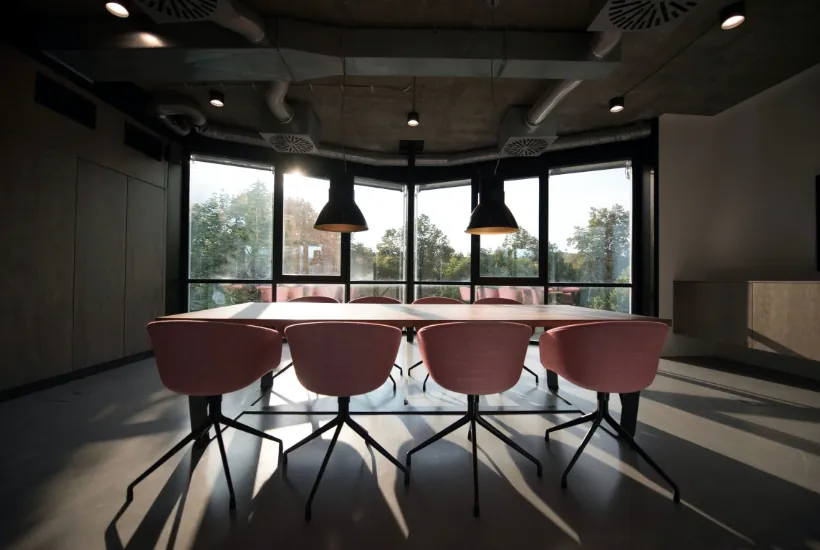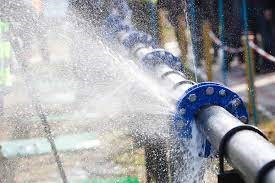Underwriters continue to feel the pressures of climate change on their property losses and continue to look for ways of reducing claims costs. The formal procurement process has helped to reduce costs and improve service but has procurement gone far enough?
Underwriters continue to feel the pressures of climate change on their property losses and continue to look for ways of reducing claims costs. The formal procurement process has helped to reduce costs and improve service but has procurement gone far enough?
One of the greatest exposures for underwriters is business interruption for their commercial customers, yet little has been done to specifically address this exposure and as such significant opportunity exists. We know the needs of commercial customers are different than residential customers and servicing commercial claims presents more risks than residential claims. For those that manage the Commercial customer knowing the expectations and risks, there will be increased engagement, improved satisfaction supporting future commercial growth and retention for underwriters.
The uniqueness of Commercial exposures and risks are clear:
- Building and security access can often delay remediation and restoration
- Access by the general public and occupants present additional risk
- Business interruption exposure requires a different level of project management
- Building structures can be more intricate and require commercial-grade contractors
- Safe guarding corporate assets – records, equipment, server rooms etc.
- Skills to assess and manage HVAC systems and knowledge of the building code are paramount
- Remediation equipment and capacity of equipment must align to exposure
So, why do we continue to treat our commercial customers in the same manner as we treat residential customers?
Here are two opportunities to reduce claim costs, while improving customer engagement & retention for commercial customers:
1. Applying Business Continuity Planning (BCP) principles to the disaster recovery process.
Pre-planning is an important risk management process that focuses on business continuity and mitigation of business interruption. Today’s internet technology allows us to capture site specific information that can be stored in the cloud and delivered directly to disaster recovery technicians at the time of the loss, enabling them to reduce unnecessary delays in the recovery process, reducing business interruption and avoiding secondary damage (i.e. mould). Each building in a customer’s portfolio can be pre-coded with an emergency service process specific to that building (i.e. communication protocols, security protocols, loading dock and parking details, water shut off valves, building specific vendors, etc.), all in support of avoiding unnecessary delays, reducing recovery time and costs, resulting in reduced business interruption.
The question is how to incorporate pre-planning into our current claims process, whether managed by a broker or underwriter claims department. Service providers who offer pre-planning will provide this service at no cost as long as they perform the mitigation/restoration services. By investing in a partnership with your service providers, they will in turn invest in your insureds’ business continuity while contributing to reduced claim costs.
For underwriters, the greatest challenge in implementing a change like this is that it crosses multiple departmental silos within the company (i.e. broker relations, underwriting and claims). A champion is needed to lead this initiative and possibly independent and objective guidance from an outside consulting firm can help you maneuver through the obstacles. Clearly this will require senior level sponsorship and direction to break the departmental silos.
Who will be the first to capitalize on this new opportunity?
2. Vendor selection for commercial claims.
All too often, organizations procuring services for their customers fail to realize that the requirements on the surface may look the same but in reality, there are many differences to achieve efficient claim resolution. Understanding the differences is the first step in knowing what expertise (skills) and experiences allow for performance to meet expectations of both the customers and underwriters; all while complying with the standards of care for the worker, customer and community. Consider:
- The general public is not impacted nor are they present on residential property claims. Have these additional risks in the commercial environment been considered when selecting the supply chain?
- What resources and skills are needed to service the commercial environment?
- What priority do commercial claims get over residential claims during a catastrophic event (CAT)?
Segregating commercial claims from residential claims will allow you to focus on factors that can reduce business interruption, severity of claims and the overall commercial claims cycle.
Underwriters need to take more care in aligning the circumstance or situation and risk/exposure to credible and experienced contractors who are aware of all of the nuances that commercial claims bring. This focused approach will not only reduce costs for underwriters but will ensure that commercial customers receive the type of service that represents the risks associated with their environment. There is no down-side with this approach; customer engagement is improved; customer sustainability is protected and claim costs will decline. In addition, commercial customers will be drawn to underwriters who offer priority commercial service over those who do not.
Are you at risk and exposed if your supply chain is not qualified or is inexperienced? Is it time to rethink your supply chain? Not all restoration contractors are created equally. Clearly, one size does not fit all!
Are you delivering the services that your commercial customers need?
Written by CLE and LCM Solutions.



